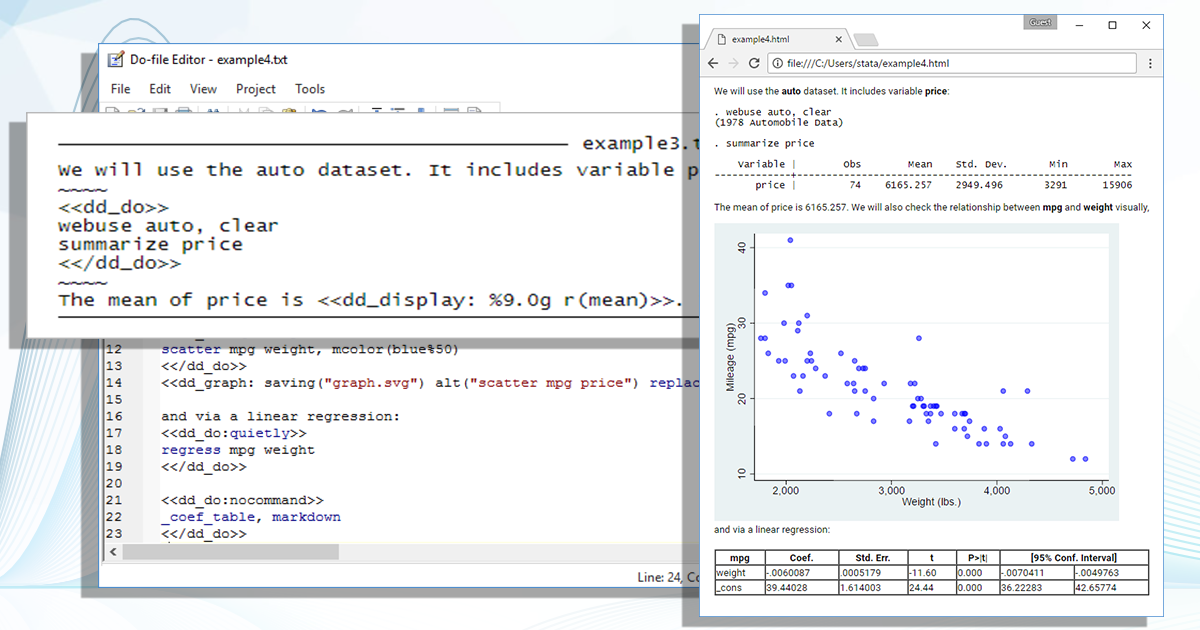- Github Markdown Example File
- Markdown Table Sample
- Markdown File Example
- Markdown File Example Excel
- Example R Markdown File
- Markdown File Example

Markdown isn’t like that. When you create a Markdown-formatted file, you add Markdown syntax to the text to indicate which words and phrases should look different. For instance, to denote a heading, you add a number sign before it (e.g., # Heading One). The Outline view is a separate section in the bottom of the File Explorer. When expanded, it will show the symbol tree of the currently active editor. For Markdown files, the symbol tree is the Markdown file's header hierarchy. The Outline view is a great way to review your document's header structure and outline. Extending the Markdown preview.
You can write content in regular Markdown files (e.g., files ending in .md).Jupyter Book supports any Markdown syntax that is supported by Jupyter notebooks.Jupyter Notebook Markdown is an extension of a flavour of Markdown calledCommonMark Markdown.It has many elements for standard text processing, though it lacks a lot of features used forpublishing and documentation.
Note
If you’d like a more in-depth overview and guide to CommonMark Markdown, seethe CommonMark Markdown tutorial.
This page describes some basic features of the Jupyter Notebook Markdown, and how toinclude them with your book.
Embedding media¶
Adding images¶
You can reference external media like images from your Markdown file. If you userelative paths, then they will continue to work when the Markdown files are copied over,so long as they point to a file that’s inside of the repository.
Here’s an image relative to the book content root

It was generated with this code:
See also
Images and figures for more information.
Adding movies¶

You can even embed references to movies on the web! For example, here’s a little GIF for you!
This will be included in your book when it is built.

Mathematics¶
Github Markdown Example File
For HTML outputs, Jupyter Book uses the excellent MathJax library,along with the default Jupyter Notebook configuration, for rendering mathematics from LaTeX-style syntax.
For example, here’s a mathematical expression rendered with MathJax:
Markdown Table Sample
Block-level mathematics¶
You can include block-level mathematics by wrapping your formulas in $$ characters.For example, the following block:
Results in this output:

Markdown File Example
You can also include math blocks by using LaTeX-style syntax using begin{align*}.For example, the following block:
Results in:
Markdown File Example Excel
Example R Markdown File
Important
This requires the amsmath MyST extension to be enabled.
Extended Markdown with MyST Markdown¶
Markdown File Example
In addition to CommonMark Markdown, Jupyter Book also supports a more fully-featured version of Markdown called MyST Markdown.This is a superset of CommonMark that includes syntactic pieces that are useful for publishing computational narratives.For more information about MyST Markdown, see MyST Markdown overview.

